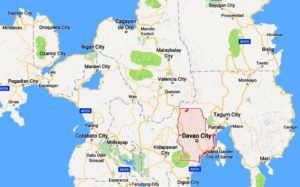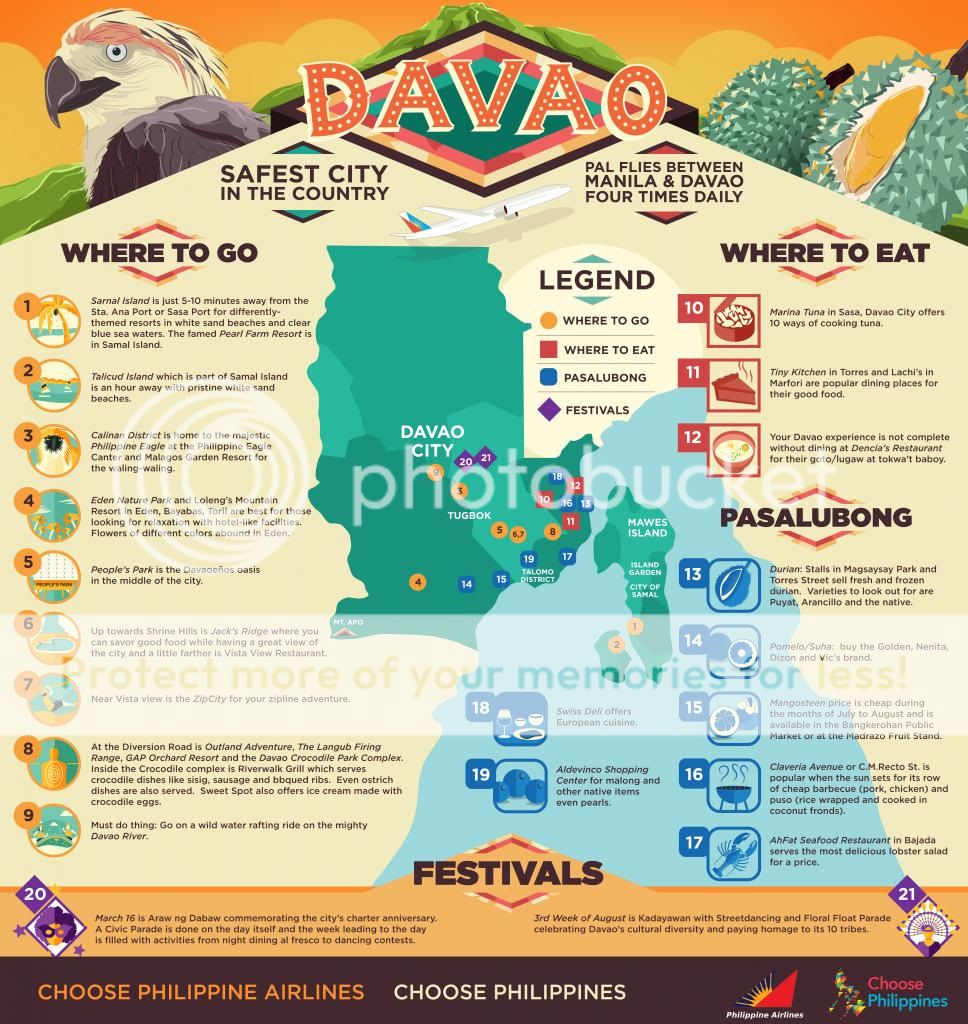

The Port of Davao was opened on 1900, becoming the first Philippine international port to be established in the south. Japanese migration in the region began as two Japanese entrepreneurs, Kyosaburo Ohta and Yoshizo Furukawa, were finding better agricultural lands for building abaca and coconut plantations in the region. During this period, private farm ownership grew in the region. Americans then landed in the region and they subsequently developed the regions communications and transportation systems. Although the Spanish gained the upper hand when they finally controlled the ports of the region, the population of Davao grew very slowly until the arrival of Christian missionaries in the area in 1890.Īfter the Spanish–American War in 1898, Spanish rule in the region ended.

This is the time the town of Davao, then called Nueva Vergara by the Spaniards, was established in the year 1848.ĭon Oyanguren attempted to develop the region. Don Oyanguren attempted to conquer the area which Datu Bago ruled although he failed at first, the Moro chieftain eventually evacuated his people to live in the areas near Mount Apo. At that time, the Kalagan Moro chieftain Datu Bago was in control of the area in what is now Davao City. It is also said that he is the one to have preached the Gospel in Mindanao.įor centuries the tribes lived in relative peace until the Spanish, under the adventurous Spanish businessman Don Jose Oyanguren, arrived in the region in 1847. It is claimed by some that during this expedition he landed on the island of Mindanao, which is confirmed by some writers of the seventeenth century, and in the Bull of canonization issued in 1623. He baptized several chieftains in the area.Īround January 1546, Francis Xavier, a Jesuit priest, left Malacca and went to Molucca Islands, then called the Spice Islands, where the Portuguese had some settlements, and for a year and a half he preached the Gospel to the inhabitants of Amboyna, Ternate, Baranura, and other lesser islands. In 1538, Francisco de Castro, a Portuguese ship captain, was driven by strong winds to the southeastern coast of Mindanao.

In 1512, Francisco Serrano was shipwrecked in the shallow waters and coral reefs of Cape of San Agustín, located in what is now the province of Davao Oriental. The Portuguese preceded the Spaniards, who were the ones to colonize the region albeit much later, in sighting and visiting the region. The Davao Gulf area was the first region in the country that was in contact with the Europeans, with such contacts taking place as early as 16th century. Datu Bago was one of the Datu in Davao Gulf who resisted the Spanish Empire colonization on the region. Early settlers of the region were Maguindanaons, Maranaos and the Tausugs under the Sultanate of Sulu. The Davao Region was once part of Sultanate of Maguindanao. These are the same tribes that created the small settlements and communities that eventually became Mindanao. It is believed that the Manobos, Mandayas, Kalagans, Mansakas, and the Bagobos occupied the area. The history of the region dates back to the times when various tribes occupied the region. Another tribe, the Bagobos, referred to the river as Davohaha, which means "fire", while another tribe, the Guiangan tribe, called the river as Duhwow. The Manobos, an aboriginal tribe, referred to the Davao Rivers as Davohoho. Many historians believe that the name Davao is the mixture of the three names that three different tribes, the earliest settlers in the region, had for the Davao River.


 0 kommentar(er)
0 kommentar(er)
